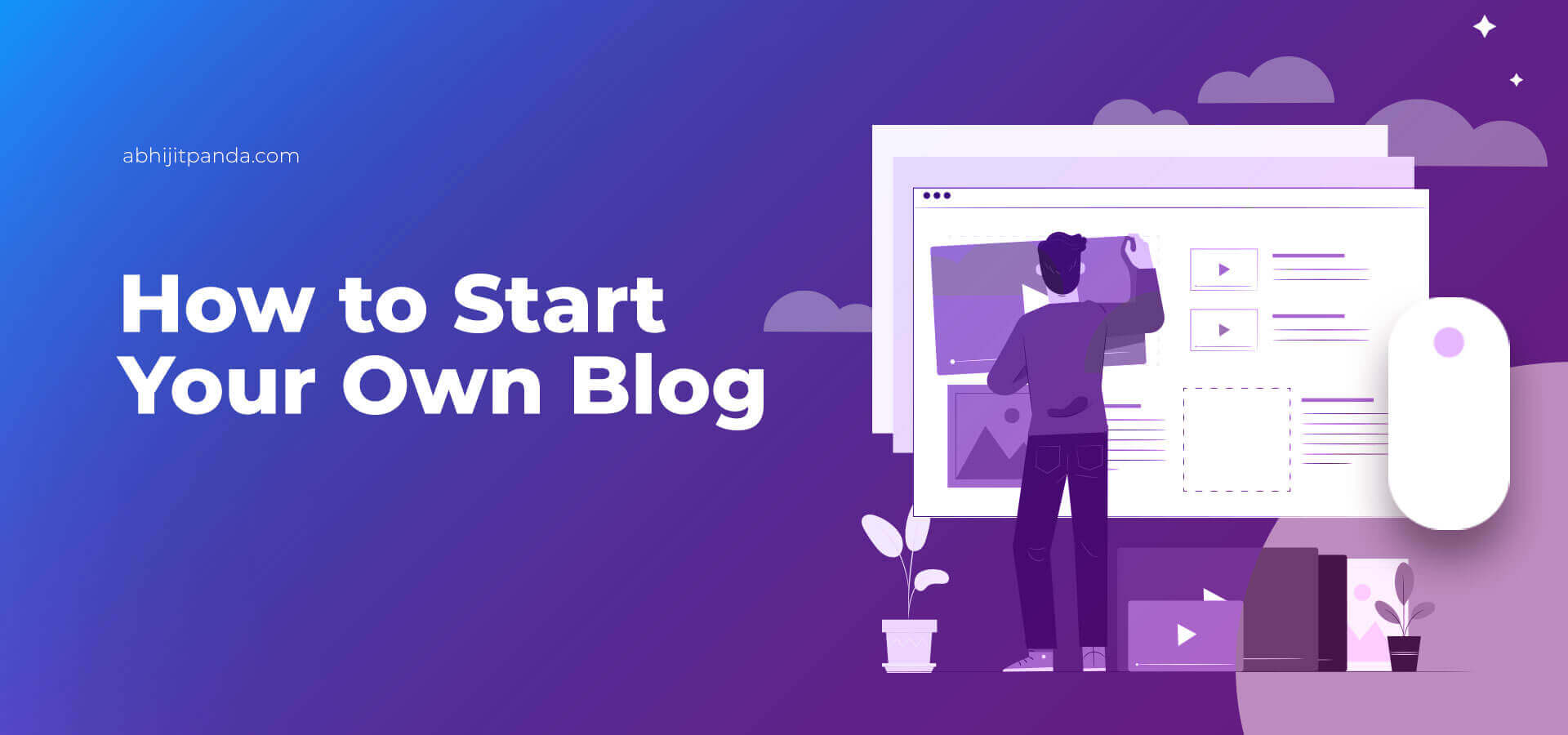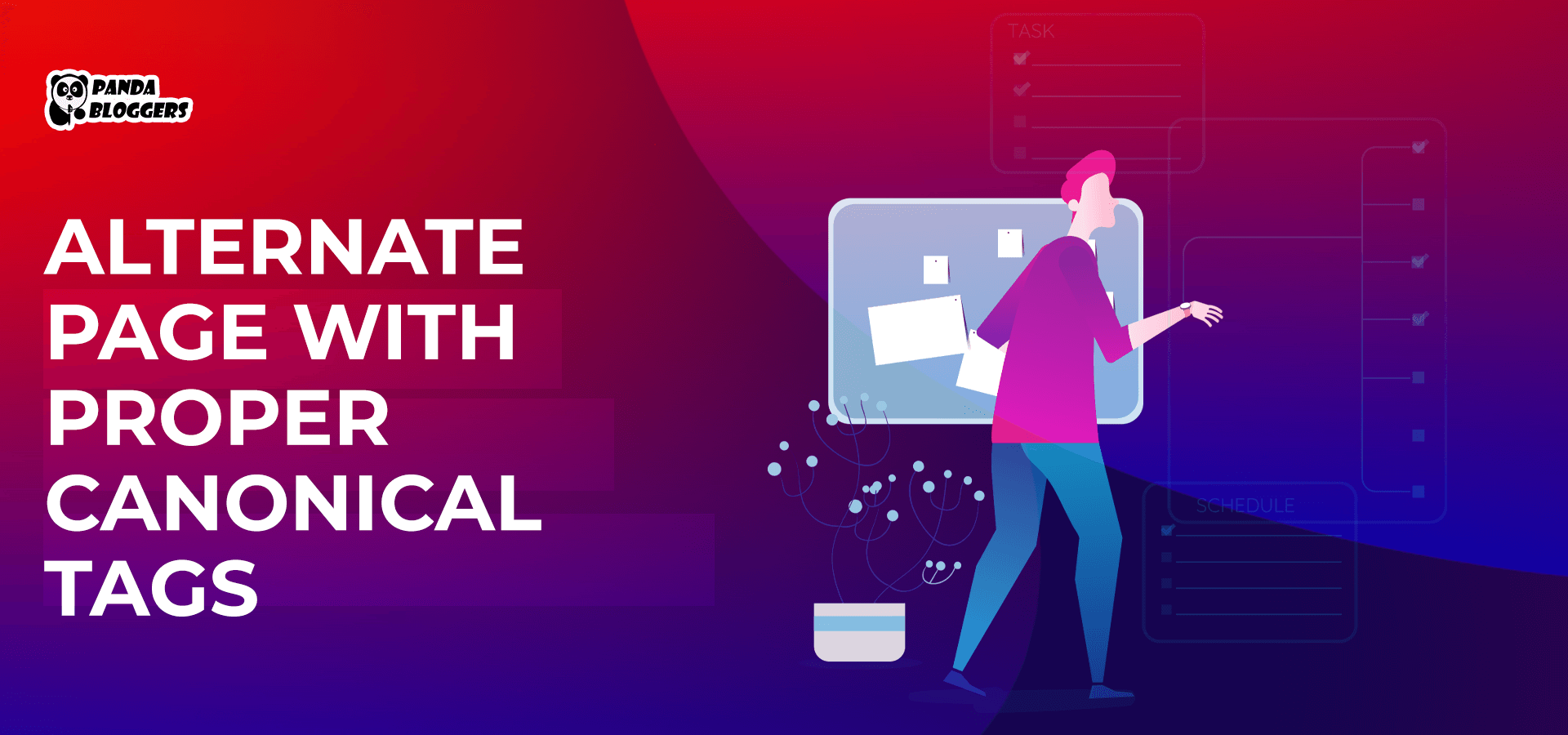 How to Start Your Own Blog?
How to Start Your Own Blog?
If you are looking for a detailed guide on how to start your own blog, you are at the right place.
The content management systems (CMS) and blogging platforms help both hobby bloggers and professional bloggers to start their own blog without knowing commonly used client-side and server-side web technologies. A blogger also have the option to choose from many CMS and blogging platforms. But no blogger can earn recurring income simply by writing and publishing blog posts on a regular basis.
According to an online poll conducted by Blogging.com, “Over 81% of content writers never make $100 from blogging, while only 8% of bloggers earn enough money to be able to support a family.”
You can use any blogging platform to start a blog and publish blog posts in a short amount of time. But you cannot start a successful blog without focusing on two important factors – getting regular visitors to the blog and persuading the visitors to read the blog posts. In addition to focusing on writing relevant and engaging content, you must focus on promoting the new blog through the right channels.
How to Start Your Own Blog from the Scratch in 12 Simple Steps
Step 1: Finalize the Blog Topic
You can write blog posts to share knowledge, ideas, hobbies, passion, research, and life experience with readers. Hence, you have the option to write blogs on a variety of topics. But you cannot write blog posts regularly without picking a topic that you enjoy writing and others wants to read. It is always important to decide what type of blogs you want to write before exploring ways to set up the blog website.
Step 2: Pick the Right Name for the Blog
After finalizing the blog topic, you need to choose a name that complements it perfectly. It is always important to opt for a blog name that covey the nature of the content clearly to the readers. However, you have to experiment with various blog names to address domain availability issues. Based on your choice of blog name, you can easily book a website domain. Also, you can add an extension to the website domain
Step 3: Choose the Right Blogging Platform
The blogging platforms help you to publish and promote blog posts without putting extra time and effort. While starting a new blog, you have the option to choose from many popular blogging platforms – WordPress, Blogger, Medium, Tumblr and SquareSpace. But you must remember that most bloggers opt for WordPress due to its open source nature and easy-to-use features. Also, WordPress allows you to choose from more themes and plugins than other blogging platforms. But you must spend some time in comparing various blogging platforms.
Step 4: Take Your Blog Online
After choosing the blogging platform, you can take the blog online by choosing the right web host. While taking the blog online, you have the option to choose from a variety of website hosting options – dedicated server hosting, shared hosting, cloud hosting, managed hosting, virtual private server (VPS) hosting and collocation. But you must remember that the blog hosting options differ from each other in many aspects – server space, bandwidth, server speed, security, technical support and cost. You cannot run the blog successfully without selecting a reliable web hosting company.
Step 5: Customize and Design Your Blog
While using a blogging platform, you to design and customize the blog layout using a variety of themes. The leading blogging platforms like WordPress allow you to choose the right theme for your blog based on key parameters like subject, grid and features. You must experiment with various themes to choose the best blog layout. However, you need to opt for a theme that makes your blog look good on both computers and mobile devices. It is also advisable to purchase premium themes to avail additional features and enhanced security.
Step 6: Add Functionalities to the Blog
After deciding the look and feel of the website, you need to add functionality to your blog by installing relevant plugins. The blogging platforms allow you to choose from a wide range of free and premium plugins. But you must choose the right plugins and avoid unnecessary plugins to make your blog posts load faster. Also, you must remember that the plugins differ from each other in the categories of reliability, update frequency and security. Hence, you have to spend some time to shortlist and install the most relevant plugins for your blog.
Step 7: Make a Blog Publishing Schedule
The professional bloggers write and publish blog posts on a regular basis. But you must focus on writing more relevant and engaging content instead of publishing blog posts on a daily basis. While starting a new blog, you must prepare a published schedule. The publishing schedule will make you write content by deadlines. Also, the publishing schedule will make the readers revisit your blog to read new content. While preparing the blog publishing schedule, you must focus on writing long form content and publish blogs on a regular basis.
Step 8: Write and Publish Blog Posts
Most blogging platforms provide you with What-You-See-Is-What-You-Get (WYSIWYG) editors. You can use the editor to write and publish blogs directly and easily. But the WYSIWYG editor will not help you to boost the content’s readability and search engine visibility. You must take advantage of a number of blogging tools to increase traffic to your blog and keep the visitors engaged. For instance, you can use online tools like Grammarly and Ginger Grammar Checker to identify and fix the grammar and spelling mistakes in your blog post. Likewise, you can use specific blogging tools to generate blog ideas and content ideas according to the blog topic. Here are 20 interesting ways to come up with interesting post ideas for your blog.
Step 9: Optimize Your Blog Posts for Search Engines
The professionals who earn recurring income by writing blog posts always focus on search engine optimization (SEO). While writing content, they keep in mind both human readers and search engines. The bloggers and content marketers these days use various SEO tools to divert more traffic to their websites from major search engines like Google and Bing. The blogging platforms help content writers to implement SEO strategies using specific plugins and extensions. While starting your own blog, you must focus on increasing its ranking and visibility on search engine results pages (SERPs). Here are some important SEO tips and tricks for your blog.
Step 10: Share Blog Posts on Social Networks
Like search engines, social networking platforms help you to get visitors to your blog on a regular basis. But you cannot get more and regular traffic simply by sharing the content on the most popular social network – Facebook.
According to Optinmonster.com, “Over 50% of bloggers report that it has gotten harder to get traffic from Facebook over the past two years.”
Hence, it becomes essential for you to share the blog posts on multiple social networking platforms. You can share the blog posts on multiple social networking platforms quickly and easily using robust blogging tools like Revive Old Post and Buffer.
Step 11: Explore Ways to Monetize Your Blog
After starting your own blog, you must focus on earning recurring income by monetizing the blog properly. You can monetize your blogs by choosing from a wide range of options – selling products/sales online, offering paid membership plans, becoming an affiliate marketer, writing paid reviews and accepting donation from readers. But the novice bloggers always find it easier to earn income by leveraging various ad networks for bloggers. The ad networks help you to earn recurring income by displaying relevant ads to the people reading your blogs.
Step 12: Publish Blog Posts Regularly
According to Traffic Generation Café, “Increase in traffic is proportional to an increase in publishing blog posts. Once you publish 21-54 blog posts, your traffic can increase by as much as 30%.” After launching your own blog, you must keep publishing blog posts on a regular basis. You need to sacrifice quality for quantity by publishing blog posts on a daily basis. But you must prepare yourself to publish at least 3 blog posts every week. As you publish blog posts on a regular basis, you website will get more traffic and you will earn more income.
You can use an easy-to-use CMS like WordPress to start your own blog in a short amount of time. But you cannot make the blog successful without attracting more readers to your blog on a regular basis. I always suggest WordPress for newbie website owners as WordPress provides a plethora of SEO plugins. The CMS and the plugins are so east to use: one can start optimizing the site immediately. After launching your own blog, you must promote it aggressively through various digital channels. While starting a blog, you must implement an elaborate strategy to make it successful and earn recurring income.









Leave a Reply